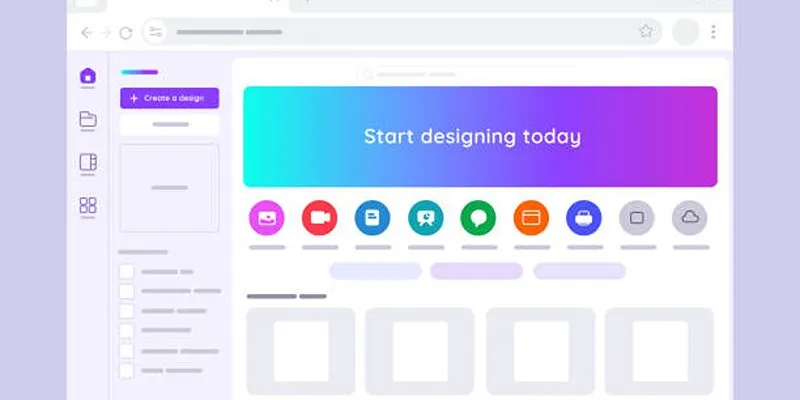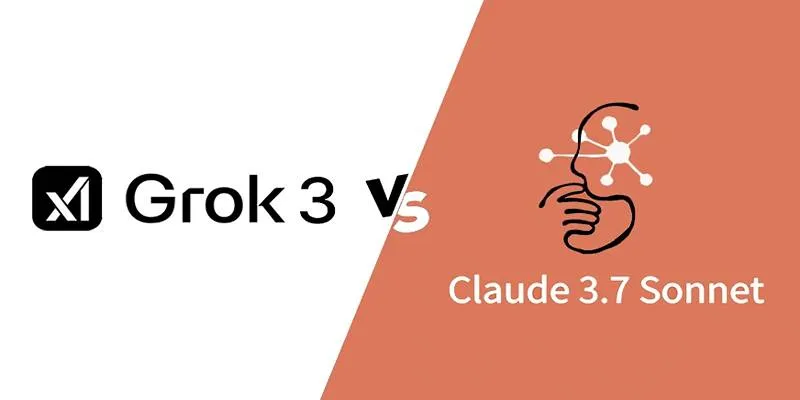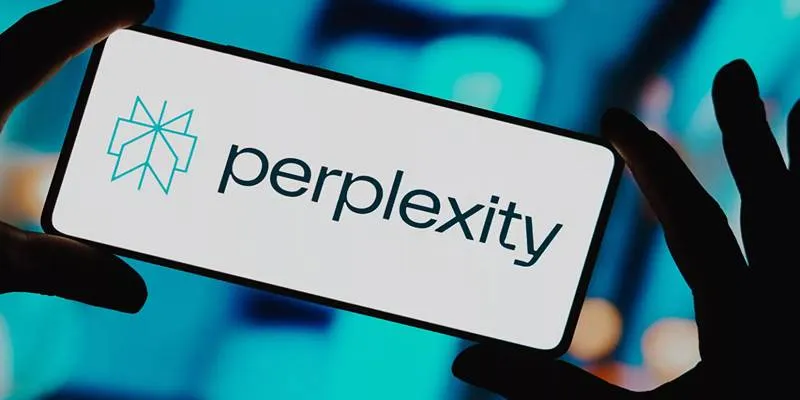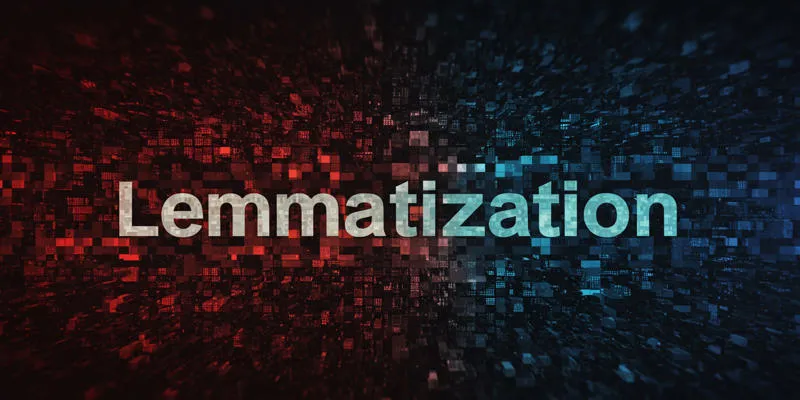It’s more important than ever to show data in a way that is clear and interesting. Visualizing facts in a clear way helps people understand your message faster, no matter what field you work in (business, education, healthcare, or public service). Pictogram graphs, which are also called pictographs, are one of the most interesting and easy-to-use tools.
Unlike most graphs, which use bars or lines to show numbers, pictograms use pictures or symbols instead. This helps people understand the knowledge right away and often makes it more accessible. Let’s talk about what pictogram graphs are, how they work, when to use them, and how to make good ones.
What Is a Pictogram Graph?
A pictogram graph is a visual chart that uses small repeated icons or images to represent data values. Each icon typically stands for a specific number or quantity. For example, if you’re representing the number of books read by students, one book icon might equal five books read.
Instead of using a Y-axis and numeric ticks, pictograms rely on the repetition of these images to communicate data. It’s a more intuitive and human-friendly way of presenting numerical information—especially helpful for kids, casual readers, and non-technical audiences.
Key Elements of an Effective Pictogram

Creating an effective pictogram graph goes beyond placing icons next to numbers. To design a clear and informative pictograph, the following elements must be considered:
- Consistent Icon Use: The same icon style and size should be used throughout the chart to maintain clarity. Mixing different icon sizes or styles can make the graph confusing and visually inconsistent.
- Defined Values: Always indicate how much one icon represents. For instance, one symbol = 5 units. Without this context, viewers might misinterpret the graph.
- Clean Labels: Use clear labeling to explain what each icon and section of the graph means. Labels should be legible and positioned to reduce ambiguity.
- Spacing and Layout: Icons should be evenly spaced and aligned to avoid clutter. Grids or rows make the visual data easier to scan and comprehend.
- Scaled Representation: If partial values are included (like half an icon for 2.5 units), make sure they are visibly distinct. Consider using outlines or faded icons to differentiate them from full ones.
- Color Coordination: Use colors strategically to highlight categories or trends. However, limit your palette to avoid overwhelming the viewer.
Well-designed pictogram graphs take the viewer’s attention span and visual processing habits into account, making them a powerful medium when properly executed.
When Should You Use a Pictogram Graph?
Pictograms are ideal when you need to:
- Engage a non-technical audience: Pictographs are beginner-friendly and intuitive, allowing those unfamiliar with charts and graphs to grasp the message quickly.
- Present basic quantities or comparisons: They’re most useful when you’re dealing with small datasets and limited categories.
- Make information more memorable: Visual symbols leave a stronger mental impression than abstract numbers. This makes them ideal for summarizing data in infographics or slides.
- Enhance educational material: Teachers often use pictograms with children to introduce basic data concepts. Young learners respond better to pictures than numbers.
- Add visual flair to reports or infographics: Pictograms are eye-catching and can break the monotony of standard graphs, making content more appealing and less intimidating.
Because they rely on symbolic imagery, pictogram graphs are especially effective in contexts where emotional connection or quick recognition is crucial. Campaigns, posters, surveys, and even resumes can benefit from the human touch pictograms provide.
How to Design a Pictogram Graph?

Here’s a step-by-step guide to help you design your own pictogram graph:
Step 1: Choose the Right Data Start with straightforward data—pictograms aren’t suited for highly complex or multilayered datasets. The simpler your data, the more effective your pictogram will be.
Step 2: Select a Relevant Icon Pick icons that visually match the subject of the data. For example, if the topic is about book sales, use book icons. If you’re showing population statistics, use people icons. The more contextually aligned your icons are, the easier it is for your audience to understand the chart.
Step 3: Set the Value for Each Icon Decide what numerical value each icon will represent. This is critical for ensuring consistency across the chart. Also, avoid overly small values that would require hundreds of icons.
Step 4: Arrange Icons Clearly Icons should be placed in neat rows or grids, like a 5x5 or 10x10 layout. This makes it easier for viewers to count or estimate totals. Avoid randomly placed icons—they reduce readability.
Step 5: Add Labels and Titles Make sure to include a clear title and labels that describe what the data is about. Add a legend that states what each icon represents. Without labels, even the best design can lose its meaning.
Step 6: Use Color Thoughtfully If comparing categories, use different shades or colors, but keep it subtle. Overly bright or clashing colors can make your graph look unprofessional and confusing.
Step 7: Review for Clarity Ask someone else to interpret your pictogram before finalizing it. If they can understand the data quickly without explanation, your graph is likely effective.
By following these steps, even beginners can create compelling pictogram graphs that communicate data with clarity and impact.
Best Practices for Pictogram Design
- Use Simple Icons: Avoid overly detailed images that distract or confuse the viewer. Basic, symmetrical shapes work best.
- Keep Icon Counts Manageable: Ideally, stick with 10 to 100 icons per graph. Large quantities dilute clarity.
- Show Full and Partial Icons Clearly: If you use partial icons to represent fractions, ensure they are visually distinct and consistent in shape.
- Use Consistent Spacing: Align icons within a grid structure to make scanning easier. Avoid haphazard placement.
- Label Everything Clearly: Your title, labels, and legend should communicate the message at a glance.
- Avoid Visual Clutter: White space is important. Don’t cram too many icons into one section.
These practices help maximize the readability, usability, and aesthetic quality of your pictogram graph.
Conclusion
A pictogram graph is more than just a pretty picture—it’s a powerful data visualization tool that combines clarity, simplicity, and visual storytelling. By transforming numbers into icons, pictograms help audiences absorb information faster and retain it longer.
To make the most out of this tool, it’s essential to understand when to use it, how to design it correctly, and how to avoid common pitfalls. Whether you’re presenting to students, stakeholders, or the general public, pictogram graphs offer a fresh, intuitive way to make data come alive—and stick in the viewer’s mind long after the graph disappears.
 zfn9
zfn9


















